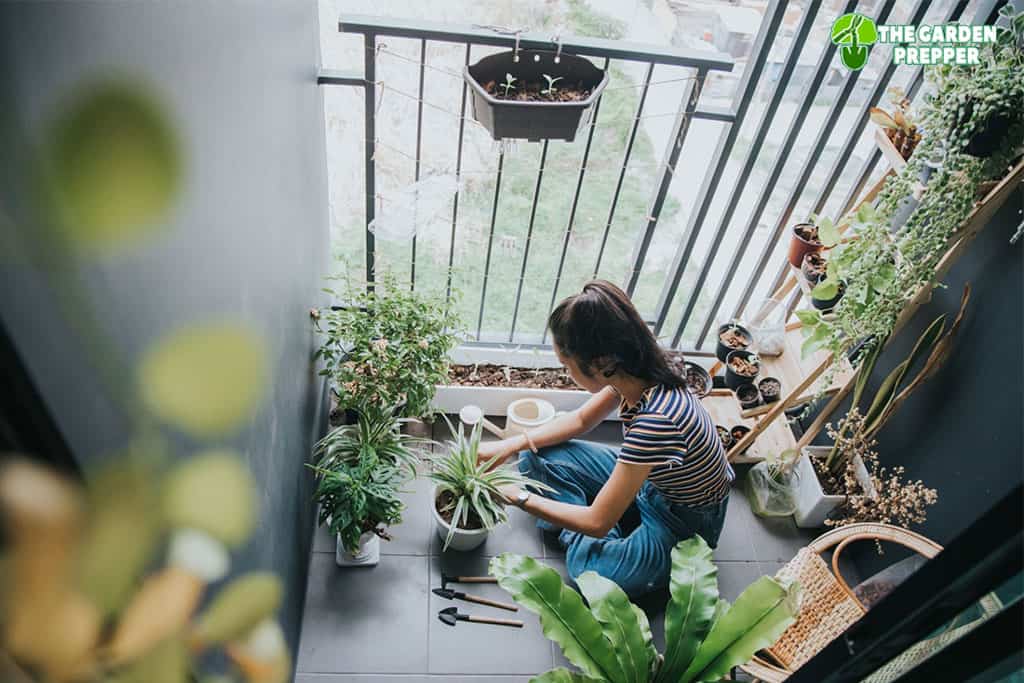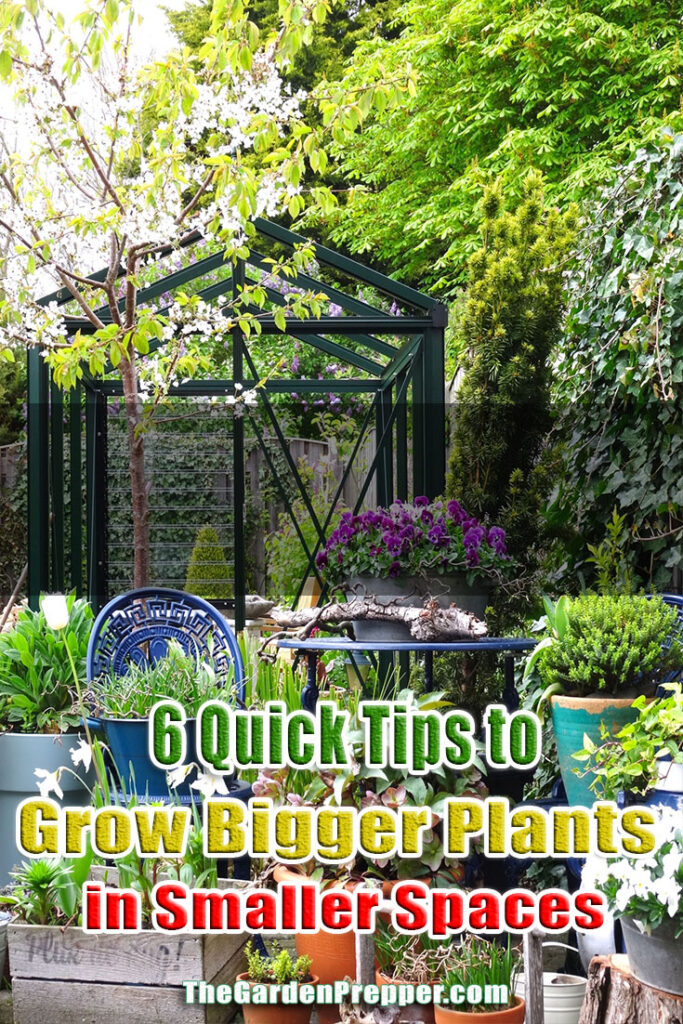Do you want to start a garden but very limited on space? Helping your plants reach their full potential in a small space can be problematic, but not impossible! Space problems and a range of other factors may stifle plant development in your mini-garden so if you’ve been searching for great tips without success, don’t despair!
In this article, we discuss several tips that will help you maximize the yields of your plants, even in small spaces. Whether you are an indoor grower or outdoor farmer, keep these in mind as you plan your summer garden.

1. Planning matters
When you’re setting up your small space garden, organization is everything.
Take the planning process one step at a time, and if you’re starting from scratch, no problem! Make a rough sketch of your entire garden space (measure it out before the sketch), outlining plant positions. On your sheet of paper, map out how each plant is going to fit in your garden.
If the soil in your garden space has no issues, set out to mark each position where plants will be. Empty pots, tools, rocks, and the like are good markers. When you’re keen on planting more than one crop in your grow tent, proper planning becomes even more necessary.
Properly planning how your crops will fit in the garden helps space management. When crops are placed with correct spacing, they tend to bloom much better than jam-packed seedlings in most cases.
2. Size it up
Don’t be in a rush to get several plants you’ll want to grow in your garden. Resist the temptation, plain and simple.
If your garden has space for half a dozen troughs, don’t force more plants into tight spaces. Working with the space you have helps your plants maximize their growth potential. Some veggies may not need much space to develop. But for the most part, several need much space.
Consider the plants’ maturity stage when drawing out a scheme for planting your crops. With the right spacing based on the needs of your indoor crops, a better harvest becomes almost certain.
3. Proper lighting is indispensable
Even if you’re planting in a small garden, you’ve got to assure your plants get the illumination needed to grow. Most plants require a specific amount of light to grow from seedling to maturity stage.
When you’re setting up your small space garden, consider its orientation closely. Check whether your garden receives ample lighting and all the crops grow as they should. If your garden isn’t getting the right sun or shade, consider adding grow lights to the mix. For example, many gardeners will grow indoors with LED lights then move their plants outside once the sun starts to shine. Whatever the case, it’s important your grow space meets the daily light requirements of the plants you’ve chosen to grow. Check the back of the seed package to learn what the specification may be.
4. Go vertical
Vertical farming seems to be all the rage these days. Many urban growers don’t have a lot of space so they’re forced to get creative. Growing crops vertically helps save space and eliminates the need to bother over ground room. If you’ve got a small greenhouse and need to get more bang for buck, consider going vertical before anything else.
Several veggies like spinach and pole beans do well when grown vertically. And if you’re keen to go all-out vertical in your garden, you could create more legroom for better navigation.
5. Water at the right time
If all crops in your small space garden are to survive and produce, proper watering is indispensable. If you’re planting directly on earth in your garden, you’ve got to be more thorough.
Consider watering your plants early in the day. When you water your plants early, they get more resistance against the harshness daylight brings. Also, watering helps plants develop throughout growth stages. When your plants are nearing maturity, you’ll notice you have to water more frequently than in stages of infancy.
6. Use containers if you can
Besides needing to bend over less when planting in containers, you get better flexibility for moving stuff around your garden. If you’re not using any grow lights to help your plants develop, containers are a must-have.
Consider getting containers that allow easy mobility across your garden. For instance, chances are some of your greens may not need too much sunlight. When your crops are in containers, it becomes easy to get them much-needed shade. The same goes for crops that need ample sunlight. Containers provide easier mobility to put your plants in the sun or away from it to support their growth.
FAQs
How do you garden in a small space?
- Use vertical spaces for increased yield
- Get better shade with proper shrubbery
- Leverage space available
- Add containers to the mix
- Provide proper lighting
Is there any difference between a grow light and regular light?
Grow lights emit more intense light that helps increase photosynthesis plants need to grow. Regular lights can only provide illumination and can’t do much to help plant growth.
Read more: Is a Grow Light Considered Indirect Sunlight?
How can you create a beautiful garden in small spaces?
- Add plants that flower, and include shrubs too
- Weed control is important
- Placing some garden art around could help
- Create a perfect blend among crops
- Group plants for a more distinctive appearance
- Plant colorful edible flowers and herbs
- Be creative in placing containers and leveraging vertical gardening
Bottom Line
Making more space available is a top challenge for gardeners. With these tips, it becomes less challenging to maximize everything at your disposal for a productive garden. Use these tips in creating and tending to your garden. Your bountiful harvest is around the corner for sure!
